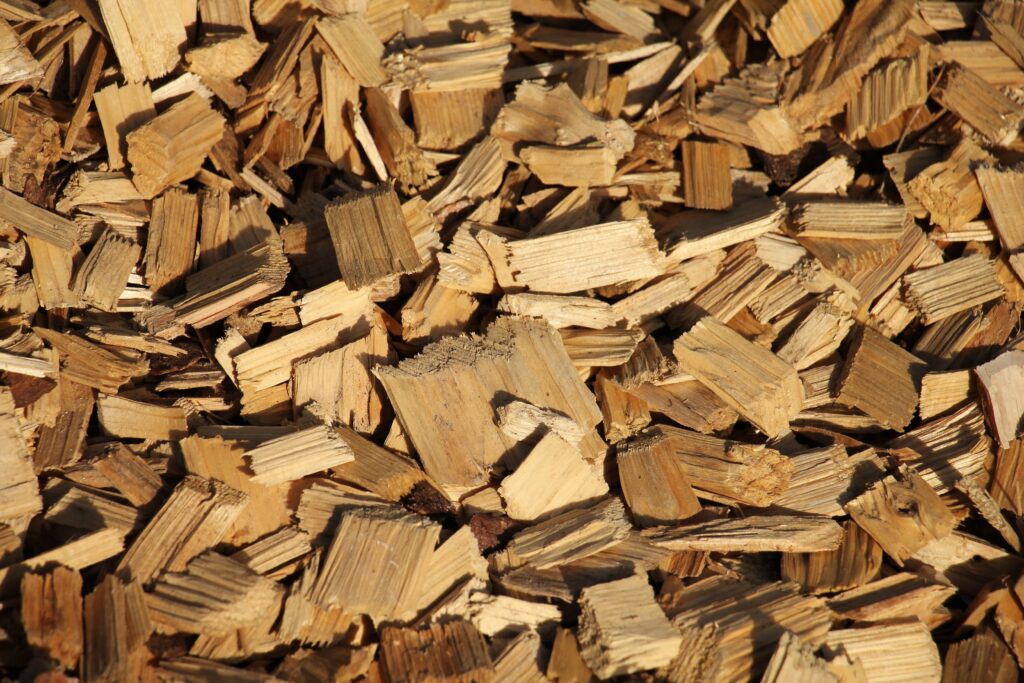Author: ACIB
Wood residues, straw and further agricultural wastes based on lignocellulose are excellent raw materials for the production of bionanomaterials. The raw material is physically pretreated (steam explosion) and enzymatically hydrolyzed to release the valuable sugar building blocks. The hydrolysate is subsequently used as a feedstock in fermentation processes to produce for example PHA (polyhydroxyalkanoates) or PLA (polylactic acid). PHA and PLA are compostable plastics and thereby the circle closes.
We have focused on biomasses that are generally available in central Europe such as spruce, beech, pine but also used the productive energy crop giant china reed (Miscanthus giganteus). The giant china reed is one of the highest-yielding energy crops (10 – 20 tons dry mass per hectare and per year), and is currently used as fuel for energy production in biomass cogeneration plants, as building material or as animal bedding. The grass plant has a very high photosynthesis rate (coming along with CO2 consumption), especially under water shortage. It needs little fertilizer and can be compared with maize in terms of growth conditions. If we analyze the plant for its sugar components, we obtain about 40.4% glucan, 27% lignin, 20.2% xylan and small amounts of acetate, arabinan, galactan and mannan.
In order to extract the desired sugar molecules from the recalcitrant lignocellulose material, it is pressurized with steam (up to 10 atm) and the pressure is then immediately released (steam explosion). This pre-treatment loosens the cell wall structure and makes it more accessible for the degrading enzymes (enzyme cocktail containing cellulases). Remaining solids (mainly lignin) are separated and the hydrolysate is used without further treatment.
The obtained hydrolysates can then be used as feedstock for microorganisms in diverse fermentation processes. For example, in the cultivation of the natural PHB-producing bacterium Cupriavidus necator. Furthermore, for the production of Lactobacillus species (e.g. Lactobacillus brevis, Lactobacillus pentosus) and also the well-known yeast Saccharomyces cerevisiae that metabolize glucose and xylose into lactic acid. As polymers, both PHB and PLA are valuable alternatives to conventional plastic polymers with mechanical properties similar to polypropylene. They are temperature-resistant and are suitable for application in packaging materials, cosmetics or medical products.
As a research group in acib and embedded in the Institute of Biotechnology and Bioprocess Engineering at Graz University of Technology, the Bionanopolys team around Prof. Dr. Regina Kratzer and Prof. Dr. Harald Pichler pursues an integrated scientific-technical approach that combines modern methods of molecular and process biotechnology to achieve innovative solutions for efficient bioprocess development.
Picture credits: Unsplash

